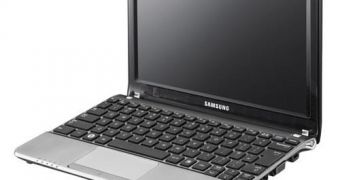Harnessing solar power is something that humans have been getting better and better at, with now, apparently, being the point where the technology is far enough along that it can be implemented in consumer electronics.
Consumer electronics have already reached the point where they can go on for days, even months, without a battery recharge.
Granted, tablets usually make do with up to about half a day, while certain netbooks can go even longer.
Nonetheless, the fact is that energy efficiency is far enough along to allow batteries to last much longer than they used to.
Meanwhile, solar panels have been refined, but they had, so far, not been a viable feature on consumer products because the rate at which they converted solar power into electricity was insufficient.
Now that batteries can last for so long, however, gradual recharge is more practical than ever before.
One example cited by Digitimes is the Samsung NC215S netbook, which has a 6-cell battery that can last for up to 14.5 hours on a single charge.
Apparently, leaving the device under the sun for two hours will provide about one hour's worth of energy, though it all ultimately depends on the intensity of said sunlight.
The current rumors are that consumer products of all kinds will begin to employ solar panels, and it is even implied that thin-film solar makers are already cooperating with international brands.
More specifically, silicon thin-film and copper indium gallium selenide (CIGS) are currently the most suited for such applications.
The aforementioned Samsung NC215S has already been revealed and, for those that want a reminder, it is based on the Atom N455 CPU.
The GMA 3150 integrated graphics handles the 10.1-inch 1,024 x 600 pixels display, while 1 GB of RAM, 10/100 Ethernet, USB and WiFi are also present.
What remains is to see how quick all other IT companies are to adopt solar technologies.

 14 DAY TRIAL //
14 DAY TRIAL //